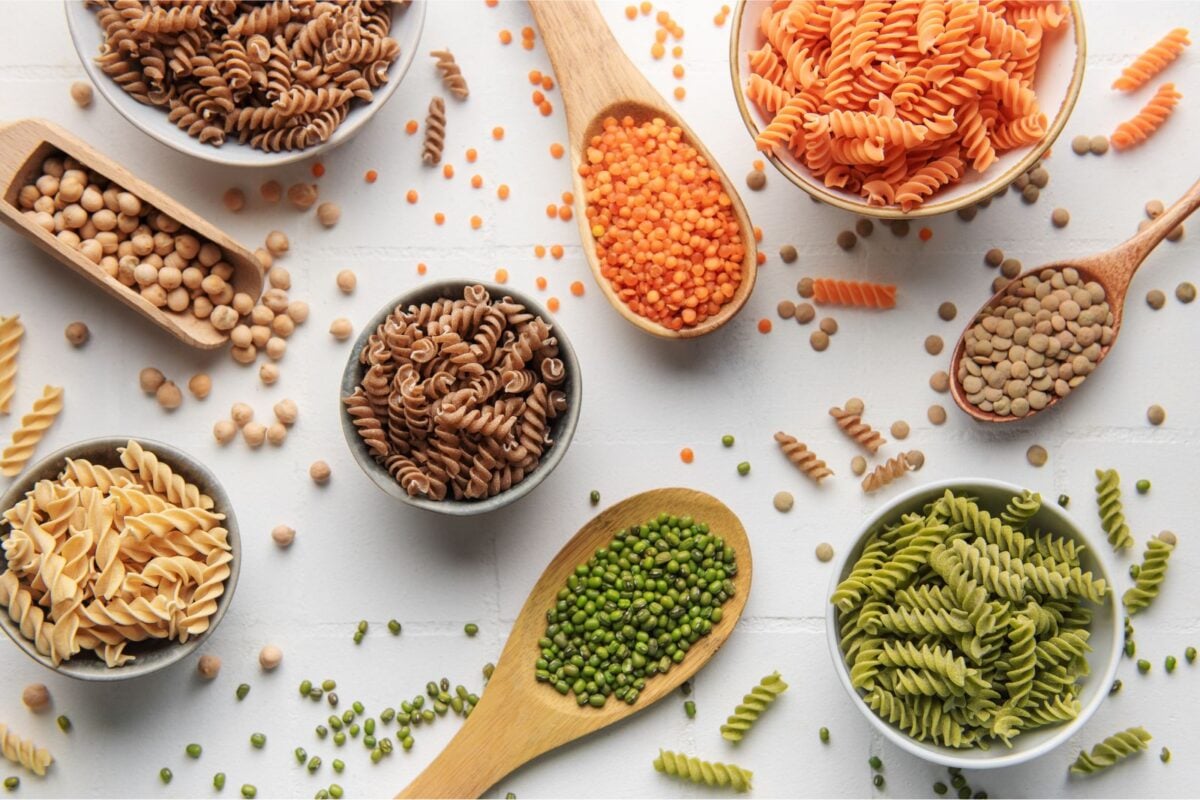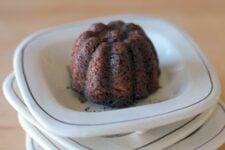Pasta salad is a summertime favorite side dish and, if you’re following a gluten-free diet, you may think you can simply swap out traditional pasta for your favorite gluten-free pasta in all your pasta salad recipes. Or, maybe you don’t follow a gluten-free diet but you know someone who does, and you want to adjust your barbecue offerings to fit their needs.
Whatever the case, making gluten-free pasta salad is totally do-able — with one caveat. Pick the wrong gluten-free pasta and you’ll be making a serious mistake. As anyone who’s followed a gluten-free diet for a while will tell you, not all gluten-free pasta is the same.
Here’s the best type of gluten-free pastas to use in your next pasta salad, the pasta you’ll definitely want to avoid, and a few tips.

The Best Pasta for Gluten-Free Pasta Salad
The texture of cooked gluten-free pasta is very different from that of cooked traditional pasta. Depending on what the gluten-free pasta is made from, it might be mushy, slimy or tough. This texture issue is exacerbated when you cook the pasta and then cool it down.
That said, the best pasta for gluten-free pasta salad will be a rice-based pasta.
Unlike some gluten-free pastas that won’t hold up in a pasta salad and simply turn to mush, rice-based pasta maintains its shape and a firm texture that will work alongside any of your pasta salad dressings and other ingredients, from carrots to tomatoes to arugula.

The Worst Pasta for Gluten-Free Pasta Salad
If you’re specifically making a pasta salad, avoid using gluten-free pastas made from chickpeas, lentils and/or vegetables. Otherwise, you could end up with a pasta salad that’s mushy, gummy and, unfortunately, very noticeably gluten-free (and no one wants that).

Tips for Making Gluten-Free Pasta Salad
When making a gluten-free pasta salad, for the best pasta texture possible, prepare your pasta salad only shortly before you plan to serve it. While you can make traditional pasta salad days ahead of time and store it in the fridge ahead of your barbecue, you can’t do the same with most gluten-free pastas.
Instead, cook the pasta, assemble your pasta salad and then let the pasta salad come down to room temperature on its own, before serving immediately (and, for this reason, consider waiting to add in any mayo or similar creamy ingredients that shouldn’t be left out at room temp for extensive periods of time).
If you do want to refrigerate your pasta and eat it a day or two later, the Jovial brand (known for its array of gluten-free products) recommends cooking your pasta for a few minutes longer than you might normally, so that it becomes extra-soft, and then refrigerating it (so that the rice-based pasta doesn’t become extra-hard overnight).






